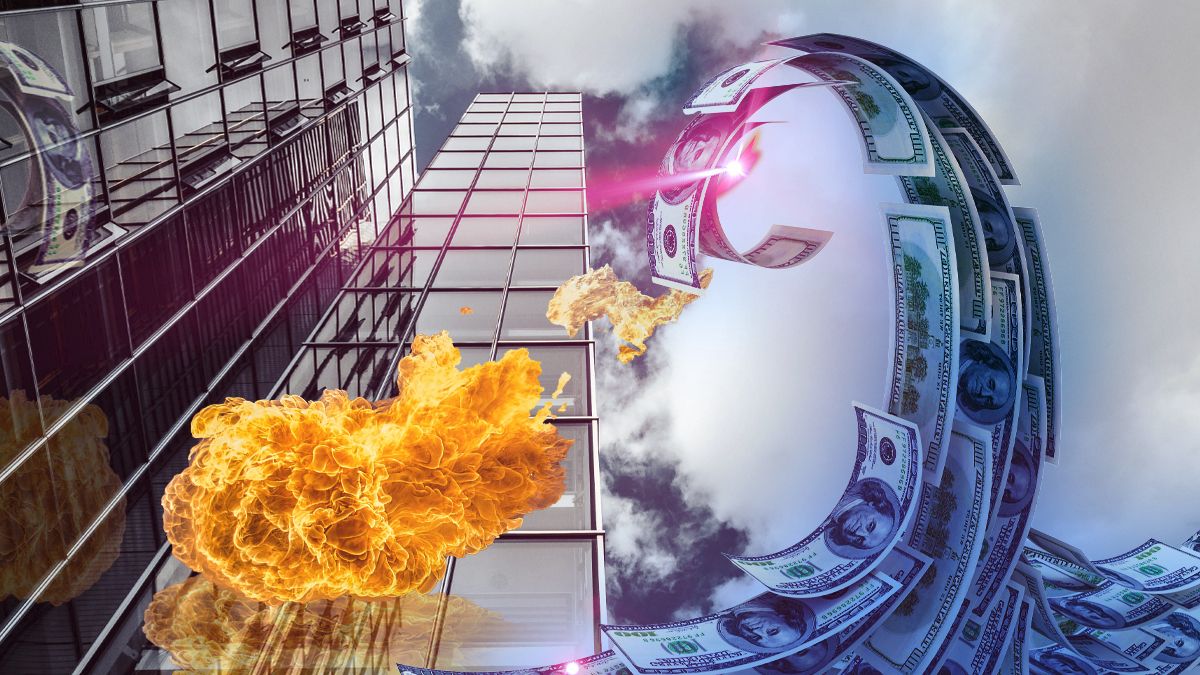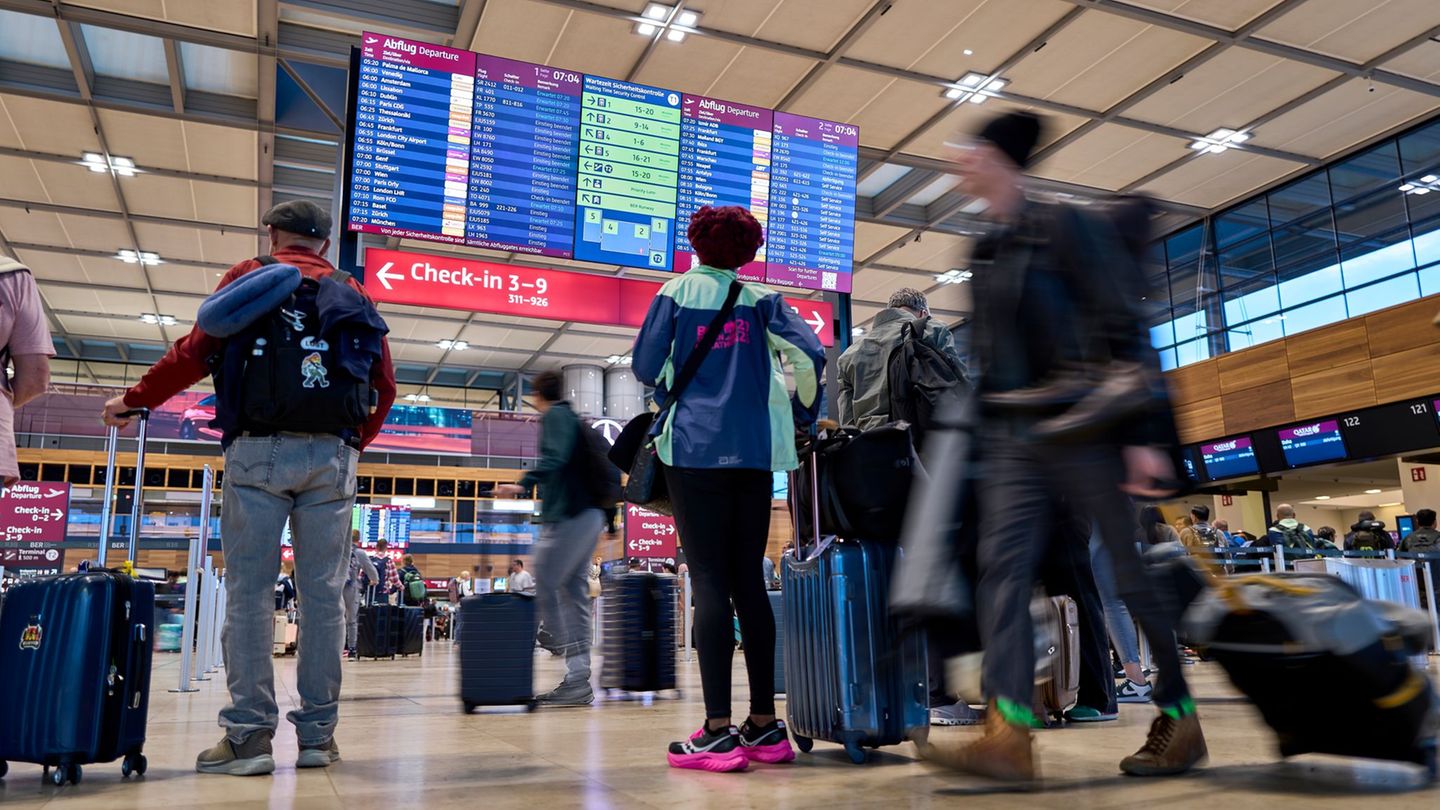The new increase in taxes for the retail demand of dollars for tourism especially, with an increase in the rate from 35% to 45%, impacted this Thursday on the free dollar, which so far in July advanced 51 pesos or 21, 42%.
Also, the financial exchange rates increased between 1% and 2% and the spot with liquidation rose to $296 and $285 per MEP dollar or bag. On the end of the day both deflated slightly.
For its part, the new tourist dollar with PAIS tax and a 45% surcharge on account of income tax rose 6.1% to 236.54 pesos.
The cash with liquidation resumed the upward march and the exchange gap with the official wholesaler reached 131%, and 121% that of the stock dollar, in the same comparison.
The increases came amid persistent hard currency hedging, a difficult local economic outlook and fears of a global recession.
This new record was impacted by doubts about the future of the local economy, which are reflected in greater exchange pressures and dismantling of asset positions in the midst of growing inflation, and high monetary issue, according to operators of the “city” of Buenos Aires.
Dollar Blue city porteña 02.jpg
What do analysts expect for the blue dollar?
On the portal of the analyst Salvador Di Stéfano, who in a column with Ámbito had already talked about the birth of the new tourist dollar, stated:
“Far from generating confidence, the government continues to apply restrictions. It decided to increase from 35.0% to 45.0% the perception on account of taxes on Profits and on Personal Assets for operations with cards intended for consumption in dollars in the From her first public appearances, Silvina Batakis hinted that the game Tourism it was an outflow of dollars that the government was concerned about and on which, sooner or later, they were going to act. With regard to restrictions, we do not rule out that they apply some type of obstacle to the acquisition of stock dollar or cash with liquidation.”
“Although the price of the official wholesale dollar seems to be at an adequate value for the minister, we do not rule out that at some point they will be forced to apply a strong devaluation. We believe that they will implement all the mechanisms they have available to avoid do it, but the threat of devaluation seems to always be present. This new management of the Ministry of Economy is outlined to implement a new monetary policy but does not seem to want to change the exchange rate policy”.
“With respect to the equilibrium dollar, the one obtained from the relationship between monetary liabilities and reserves, we propose 3 scenarios. In the event that the macroeconomic variables tend to normalize, we should see an equilibrium dollar around $275. In In the event that there is no interesting entry of foreign currency into the coffers of the Central Bank, the balance dollar would rise to $290 while, if reserves continue to fall, there is the possibility of climbing to the area of $320/$330”.
According to a report from the PxQ Consulting, the blue dollar should climb to $351 to match the exchange rate run that it experienced in October 2020, the largest run of the Alberto Fernández administration, at which time it reached $195.
The coincidence among market analysts is that the blue dollar will reach at least $300 in a matter of days. The question is how much further it will go and whether it is time to buy or sell.
“The market is taking and there are no bidders who can reverse this trend,” said a trader.
Source: Ambito
David William is a talented author who has made a name for himself in the world of writing. He is a professional author who writes on a wide range of topics, from general interest to opinion news. David is currently working as a writer at 24 hours worlds where he brings his unique perspective and in-depth research to his articles, making them both informative and engaging.




